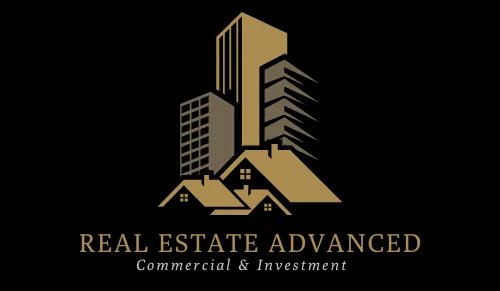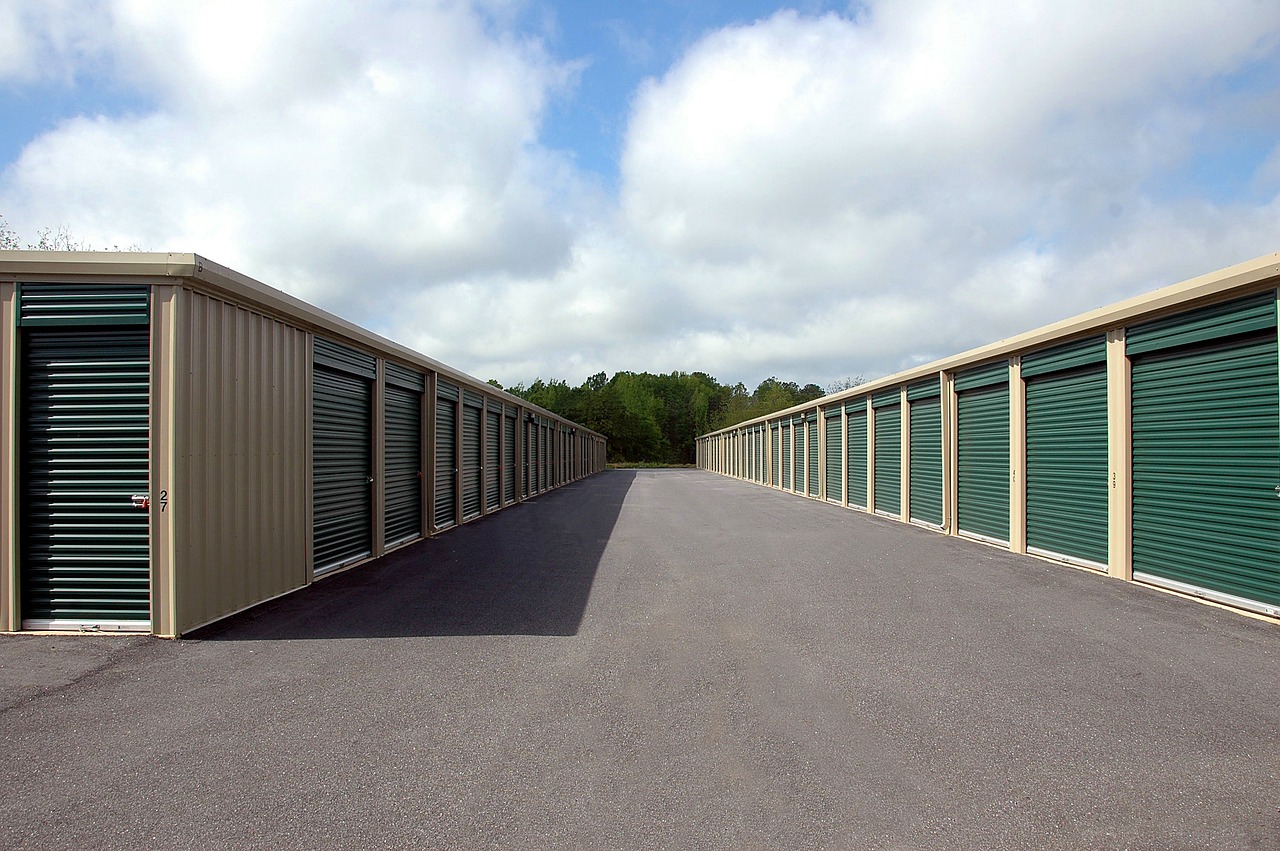

Real Estate Advanced Commercial & Residential Investment

More than just a real estate company
With twenty years of proven expertise in real estate, we have successfully navigated and mastered a wide range of projects spanning from traditional residential renovations to complex, high-performance commercial ventures. As an exclusive investment community, we go beyond limiting ourselves to a single asset class and instead embrace a comprehensive approach to commercial real estate with disciplined focus and strategic vision. Our extensive experience across multiple property types and market cycles has equipped us with the knowledge and capability to identify exceptional opportunities, execute complex transactions, and deliver consistent results for our investment community.

commercial ACQUIsition
Acquiring commercial assets can be a complex and time-consuming process that often becomes unnecessarily prolonged and overwhelming. Dealfinders.ai simplifies this journey by leveraging our extensive experience, comprehensive network, and proven expertise to streamline the acquisition process. We understand that time is critical in commercial real estate, which is why our platform and team are designed to expedite transactions seamlessly and efficiently, eliminating common delays and complications that can derail deals. Through our strategic approach and deep industry knowledge, we transform what is typically a challenging and drawn-out process into a smooth, swift experience that delivers results.

Primary Asset Classes
Real Estate Advanced specializes in five major asset classes that form the foundation of our acquisition strategy: storage facilities, multifamily properties, hotels, RV parks, and mobile home parks. These sectors represent our core expertise where we have developed deep market knowledge, proven acquisition strategies, and extensive experience in identifying value-add opportunities. While we maintain this focused approach to ensure optimal results within our areas of specialization, we remain flexible and opportunistic in our investment philosophy. When the right opportunity presents itself outside of these five primary asset classes, we will always consider expanding our scope to capitalize on exceptional deals that meet our investment criteria and deliver strong returns for our community.
Expert in Multiple Asset Classes

Storage facilities
We frequently buy storage facilities weather it be IOS,, climate controlled, non climate controlled and no minimum or max NRSF. we look at the opportunity

RV parks
RV parks are not the most common commercial asset class and most investment companies don't understand the unique opportunity RV parks offer. We are looking for both value add and turn key cashflow opportunities.

multi-family
multi families are never to big or too small, we buy all over the county with management ready for any multifamily of any size.

hotels
we got our start in hotels and are always looking for new opportunities! with Hotels markets matter and we are a little more selective with hotel opportunities

Mobile home parks
another asset class lost to the masses. So few investment firms don't seem to have a clear understanding on how to underwrite and make good fair offers. be it park owned or tenant owned homes we have the expertise to make solid fair offers.
Leading the way in commercial acquisition forever
1000's
deals completed
1000's
customers served
Award winning
© 2025. All rights reserved by DealFinders.ai
